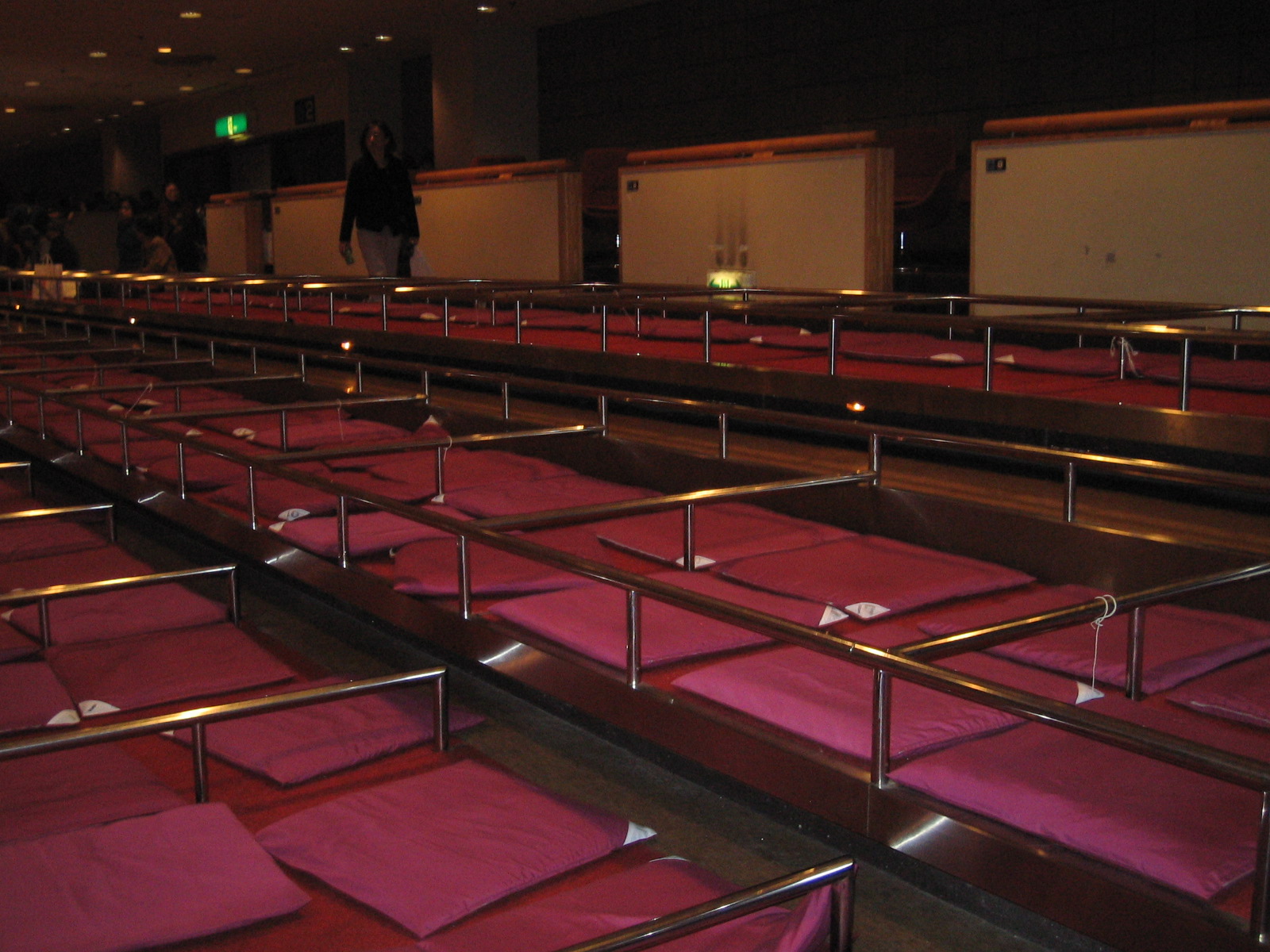Sumo Wrestling Tournament Viewing Tips
Going to a sumo wrestling tournament is a great way to experience traditional Japanese culture. Sumo wrestling is the national sport of Japan, and it goes back thousands of years. Originally part of a religious ritual, it has now evolved into a fascinating sport and industry, drawing visitors to tournaments from across the globe. Sumo is gathering greater attention among the Japanese themselves these recent years due to the emergence of star players like Endo Shota, making ticket purchases more difficult especially for visitors from abroad. If you’re thinking about joining the crowd but could not figure out where to start, here are a couple tips.

1. Sumo Schedule
While we’d like to be able to watch live sumo on demand, unfortunately sumo tournaments are only held in January, March, May, July, September and November. Here is the official website for the Sumo Society of Japan, Nihon sumo kyoukai:
2. Different types of seats available for sumo viewing
There are many different types of seats that can broadly be placed into 2 categories: arena floor seats and box seats.

Masu seats ©marken
Tamari (also called sunakaburi) seats: These ring-side floor seats are the closest to the stage and the view from these seats will not be obstructed by a fence (or another audience members). Tamari seats are difficult to obtain if you are not a sumo sponsor and lack connections, but there are other ways to get them. At Ryogoku’s Kokugikan, one of the major venues mentioned above, if you get up early enough you might be able to purchase a ticket at the window on the day of the match. Another pricier, but safer option is to buy tickets on online auctions (though some Japanese may be required for this plan to succeed).
Masu seats: These are boxed floor seats located right behind the Tamari seats. These seats usually come in groups of 4 and are fenced in a small square. While these seats are not very spacious, you can dine in these seats, and experience almost as much force and intensity from the matches as from the tamari seats. These seats are further divided by their distance away from the stage.
Table seats: These seats are located on the back of the first floor. Like the masu seats, food is served. In addition, you are provided with special souvenirs available for purchase and better yet, space to stretch out your legs. Granted, they are comparably removed from the stage, but you get to watch the wrestling comfortably.
Box seats: These are arena seats furthest from the stage on the first floor with actual seats. While these seats don’t come with food, you can always bring your own snacks or purchase food at the stadium.
Second floor box seats: These arena seats contain both reserved and free seating seats in this area. The Japanese emperor himself has been seated on a first row seat on the second floor too, so the view is quite acceptable. If you wish to eat during the match, you would have to bring your own food or purchase a bento at the venue.
3. How to get Sumo Tickets
At first glance, getting sumo tickets might be a daunting task if you do not understand Japanese. Luckily, there are plenty of sumo ticket vending websites as well as companies that offer sumo tours at different times and prices. Better yet, the Japanese sumo society’s website also has an English version, and it even links visitors directly to their ticket purchasing website: http://sumo.pia.jp/en/
For those who wish to observe sumo wrestling with a bit of extravagance, our company TOKI also offers ticket purchasing services for those who participate in our guided sumo watching tour in addition to exclusive sumo stable tours. We have access to 相撲茶屋 (sumō chaya, offline agents that receive 70 to 80% of reserved seats from the sumo association) and can arrange tamari seats, premium table seats, and masu seats. Premium seat ticket holders can also enter the stadium through special entrances. Those seats are generally not available online and can only be purchased through personal connections.
Since sumo wrestling matches begin bottom up, with the star wrestlers matches last, many choose to arrive at the tournament in the afternoon to catch the best bouts.
4. Kimono Day
The Japanese sumo society has established a “kimono day” to encourage kimono wearing. If you wear your kimono to the venue on this day and enter as one of the first 400 people, you will receive a special tote bag from the society. You will also have the chance to participate in a special talk show over lunch for 2000 yen and can also participate in raffles for signed pictures.
5. Sumo Stable
Sumo stables are only open to visitors two weeks before the Tokyo tournament (held just three times a year). Since wrestlers will travel Japan to participate in other tournaments, they will only practice in stables during that period. Visiting the actual practice provides invaluable insight into not only the sport itself, but also Japanese culture. There, you may also have a chance to eat lunch (likely chanko nabe: a fish, meat, and vegetable stew traditionally served to wrestlers) with the wrestlers, talk to them, and take pictures (depending on the stable). You might even receive a signed hand print from one of the wrestlers in the stable!
We hope that all of you traveling to Japan will have a chance to enjoy this uniquely Japanese experience, and also hope that for any who do indeed have this opportunity, this article helps make your experience an unforgettable one!
Sumo training session. ©TOKI
Dining with the wrestlers. ©TOKI
RELATED EXPERIENCES
Behind the Scenes of Sumo: Exclusive Access to a Tokyo Stable
Visit a sumo stable during private morning practice. While closed off to the regular public, we have obtained access and would like to invite you to visit the training room of Japan's popular sumo wrestlers.



